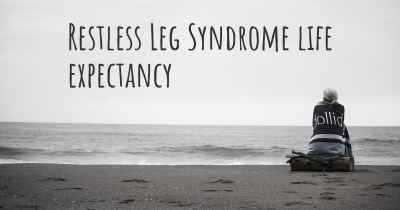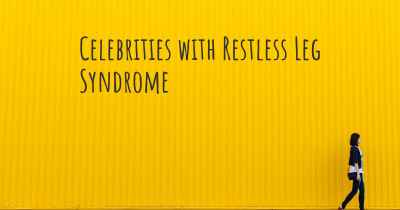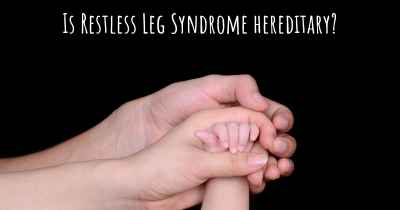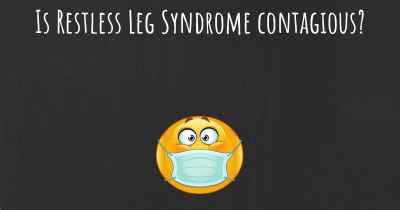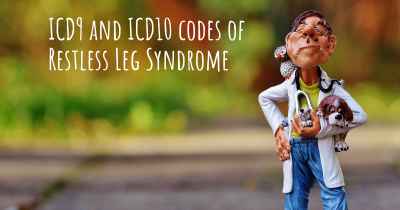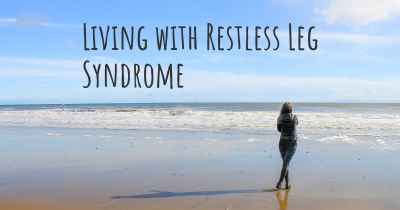What is the history of Restless Leg Syndrome?
When was Restless Leg Syndrome discovered? What is the story of this discovery? Was it coincidence or not?
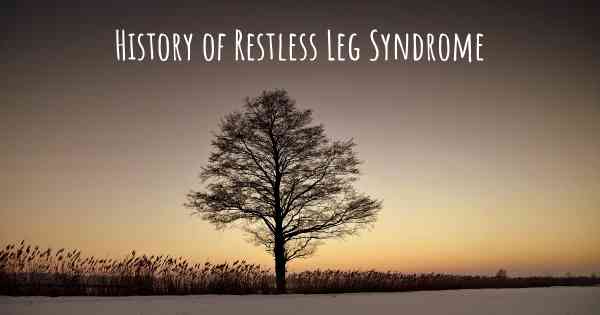
Restless Leg Syndrome (RLS), also known as Willis-Ekbom Disease, is a neurological disorder characterized by an irresistible urge to move the legs. This condition has a long and fascinating history, with its recognition and understanding evolving over time.
The first documented description of RLS-like symptoms dates back to the 17th century, when Sir Thomas Willis, an English physician, described a condition called "the jumping leg." However, it wasn't until the 19th century that RLS gained more attention.
In 1861, French neurologist Dr. Jean-Martin Charcot provided a more detailed account of RLS symptoms and coined the term "asthenia crurum paraesthetica." He described the condition as a form of sensory disorder affecting the legs, causing discomfort and an irresistible urge to move.
Over the next century, various medical professionals contributed to the understanding of RLS. In the 1940s, Swedish neurologist Dr. Karl-Axel Ekbom conducted extensive research on the condition, leading to its alternative name, Willis-Ekbom Disease. Ekbom's work helped establish RLS as a distinct clinical entity.
Despite these advancements, RLS remained relatively unknown to the general public until the late 20th century. In the 1980s, the Restless Legs Syndrome Foundation (RLS Foundation) was established in the United States, aiming to raise awareness and support research on the condition. This marked a turning point in the history of RLS, as it brought the disorder into the public eye.
Since then, significant progress has been made in understanding the underlying causes and treatment options for RLS. Researchers have identified a genetic component, with several genes associated with the condition. Additionally, studies have revealed a link between RLS and iron deficiency, dopamine dysfunction, and alterations in brain circuits involved in movement control.
Today, RLS is recognized as a common neurological disorder, affecting approximately 5-10% of the population. It can occur at any age, although it is more prevalent in middle-aged and older individuals. The symptoms of RLS can vary in severity and may be exacerbated by factors such as stress, pregnancy, and certain medications.
Treatment for RLS focuses on managing symptoms and improving quality of life. Lifestyle changes, such as regular exercise, avoiding stimulants, and establishing a consistent sleep routine, can help alleviate symptoms. Medications targeting dopamine receptors and iron supplementation are also commonly prescribed.
In conclusion, Restless Leg Syndrome has a rich history that spans centuries. From its initial descriptions by Sir Thomas Willis and Dr. Jean-Martin Charcot to the establishment of the RLS Foundation, our understanding of this condition has significantly evolved. Ongoing research continues to shed light on the underlying mechanisms of RLS, leading to improved diagnosis and treatment options for those affected.
